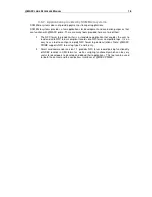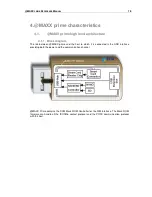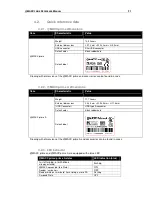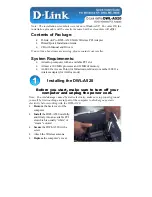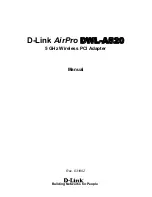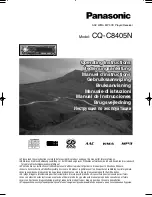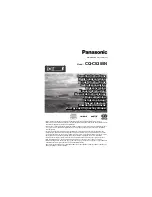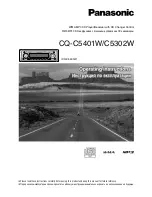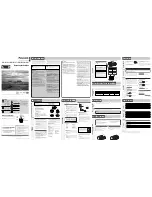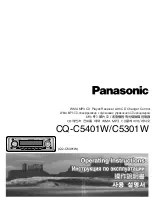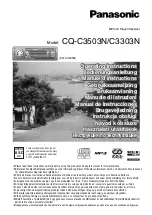
@MAXX
PRIME
R
EFERENCE
M
ANUAL
7
2. Introduction to the manual
2.1.
Objective of the manual
This manual provides an overview of the hardware and software features of the @MAXX prime
(contact smartcard reader, microSD reader, mass storage, RF-antenna, female USB extension)
reader, hereafter referred to as “@MAXX prime”.
This manual describes in details interfaces and supported commands available for developers
using @MAXX prime in their applications.
2.2.
Target audience
This document describes the technical implementation of @MAXX prime.
The manual targets software developers.
Should you have questions, you may send them to
.
2.3.
Product version corresponding to the manual
Item
Version
Hardware
SD-03-M-Ver-F
Firmware (SIM)
2.02
Windows Driver
(PC/SC)
4.41
MAC OS Driver
(PC/SC)
5.0.6
WinCE Driver for
SIM interface
3.14
Linux Driver for
SIM Interface
5.0.2
2.4.
Definition of various terms and acronyms
Term
Expansion
APDU
Application Protocol Data Unit
ATR
Answer to Reset, defined in ISO/IEC 7816
ATS
Answer to select, defined in ISO/IEC 14443
Byte
Group of 8 bits
CCID
Chip Card Interface Device
CID
Card Identifier
CL
Contactless
DFU
Device Firmware Upgrade
DR
Divider receive: used to determine the baud rate between the reader to the card
DS
Divider send: used to determine the baud rate between the card to the reader
LED
Light emitting diode
MIFARE
is the NXP Semiconductors (a spin-off company formed out of Philips Semiconductors)-
owned trademark of the reputedly most widely installed contactless smartcard
NA
Not applicable
NAD
Node Address
Nibble
Group of 4 bits. 1 digit of the hexadecimal representation of a byte.
Example:
0xA3 is represented in binary as (10100011)b. The least significant nibble is 0x3
or (0011)b and the most significant nibble is 0xA or (1010)b


















